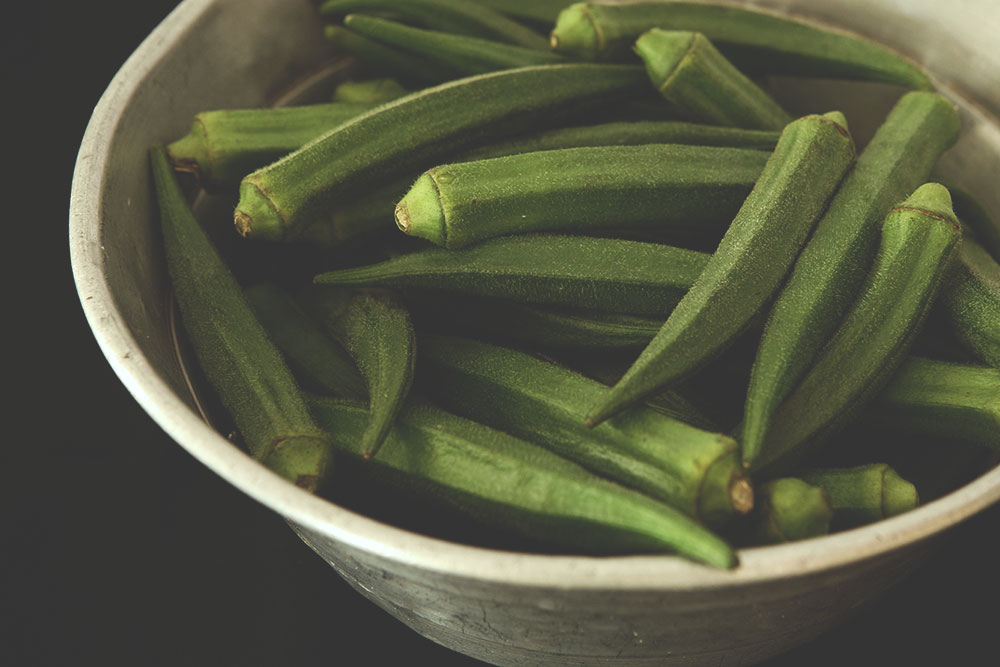When it comes to the health impact of food, it’s often what’s on the inside that counts.
BY: JEANNE PETRUCCI, MS, RDN
When it comes to the health impact of food, it’s often what’s on the inside that counts.
Our default is always to select the best looking produce – shiny red apples, crisp green lettuce, and plump, unblemished berries are predictably the belles of the supermarket ball. The next time you go shopping, take a deeper look into the parade of beauty and uncover less-striking produce to discover hidden gems full of flavor and nutrition.
Explore these nutrient-dense foods this season and make them shine with delicious, simple recipes.
1. Celery Root
Also known as celeriac, this edible root is valued for its flavor and culinary versatility. Similar in taste to leaf celery and rich in fiber, vitamin K, and vitamin C, it’s a terrific addition to soups and salads. Using a sharp knife, remove rough outer skin and roots to reveal a smooth, white flesh. Chop it, shred it, or cut it into strips. The shredded root alone makes a great salad when tossed with a mustard vinaigrette and some fresh parsley. Simply. Delicious.
2. Parsnips
As the colorless cousin of the carrot and parsley, parsnips have a unique flavor often described as sweet with a hint of astringency. The sweetness develops as it cooks, making it an excellent addition to soups and roasted or mashed root vegetable medleys. Parsnips are rich in fiber and high in vitamin C.
3. Sunchokes
Also known as Jerusalem artichokes, this knobby root vegetable is crisp when eaten raw, like a water chestnut, and has a creamy texture when cooked. Sunchokes are rich in inulin, a prebiotic that feeds your gut flora and can help maintain a healthy gut microbiome. They are also rich in vitamins and minerals, most notably iron, copper, and potassium. Sunchokes can be used in place of potatoes in almost any recipe. For an interesting twist to your next sheet pan dinner, peel and chop the roots and toss with complementary vegetables, such as carrots, parsnips, and celery root. Drizzle with olive oil and season with herbs, salt, and pepper. Nestle in your favorite protein and roast until tender.
4. Shishito Peppers
These small, wrinkly peppers are valued for their ease of preparation and fresh, bright flavor. The skin of this sweet pepper is thin; once roasted, it creates a beautiful blistered appearance. Its thin skin may make it easier to digest as well – a real plus for those of us who have a hard time with digesting conventional bell peppers. Shishito peppers are low in calories and rich in vitamins A and C – half a cup cooked provides 170% DV of vitamin C! To get the most out of these tiny treasures, keep the preparation simple. A drizzle of good olive oil and some kosher salt is all your oven needs to transform them into bites of glory. Served whole as an appetizer, they make an elegant finger food.
5. Dried Porcini Mushrooms
You can smell them as you approach the display of dried mushrooms in the grocery store – their smoky, earthy scent is unmistakable. Introduce these dried, brown bits of fungus to some hot water and experience an aromatic explosion! Porcini mushrooms are loaded with organic compounds known for their antioxidant and antiviral activities, and are a delicious, smoky addition to sauces and soups. Simply reconstitute by covering a handful with hot water. Let them soak for at least 30 minutes or overnight to produce a dense, mushroom broth. Remove and chop mushrooms and strain broth since some of the dirt will settle. Sauté porcini with other vegetables, and add reserved broth as desired.
6. Okra
Don’t be afraid to experiment with this mucilaginous pod – it does get gooey when cooked, but there are ways to enjoy it without creating a slimefest. Okra’s slimy texture develops when it is cooked and is amplified when introduced to fluid, which is why it has long been a key ingredient in gumbo recipes. If you’re looking to control the goo, limit the fluid and you’ll be in good shape. Toss with good olive oil, season with salt and pepper, and roast until brown and a bit dry. Enjoy as “fries”, or chop and add to your favorite vegetable dishes. You’ll be adding good amounts of fiber, vitamins A and C, magnesium, folic acid and other B-vitamins.
Be adventurous, and make your next exploration at the grocery store nutritious and fun!
Adapted from the original article.
HEADER IMAGE: NEHA DESHMUKH
Jeanne Petrucci, MS, RDN is the founder of Living Plate, a 501(c)(3) organization dedicated to inspiring wellness through nutrition education that incorporates food experience. Jeanne develops evidence-based nutrition programming and meal planning tools to help organizations and other dietitians encourage behavior change in their communities. Learn more at Living Plate.

